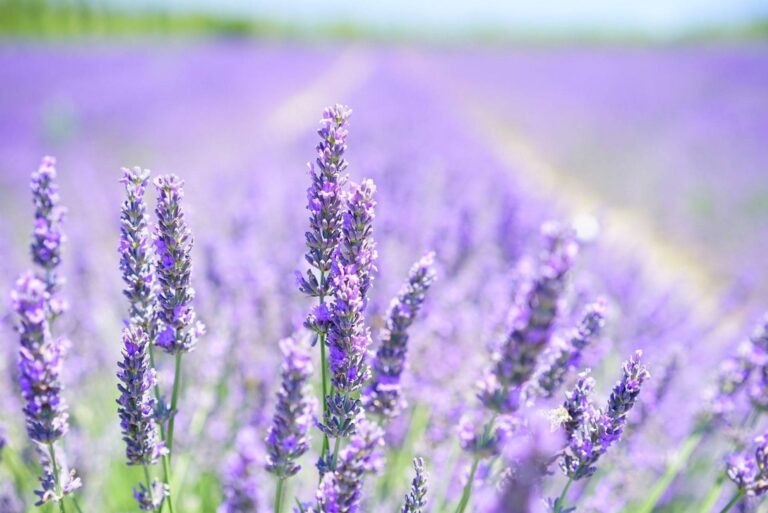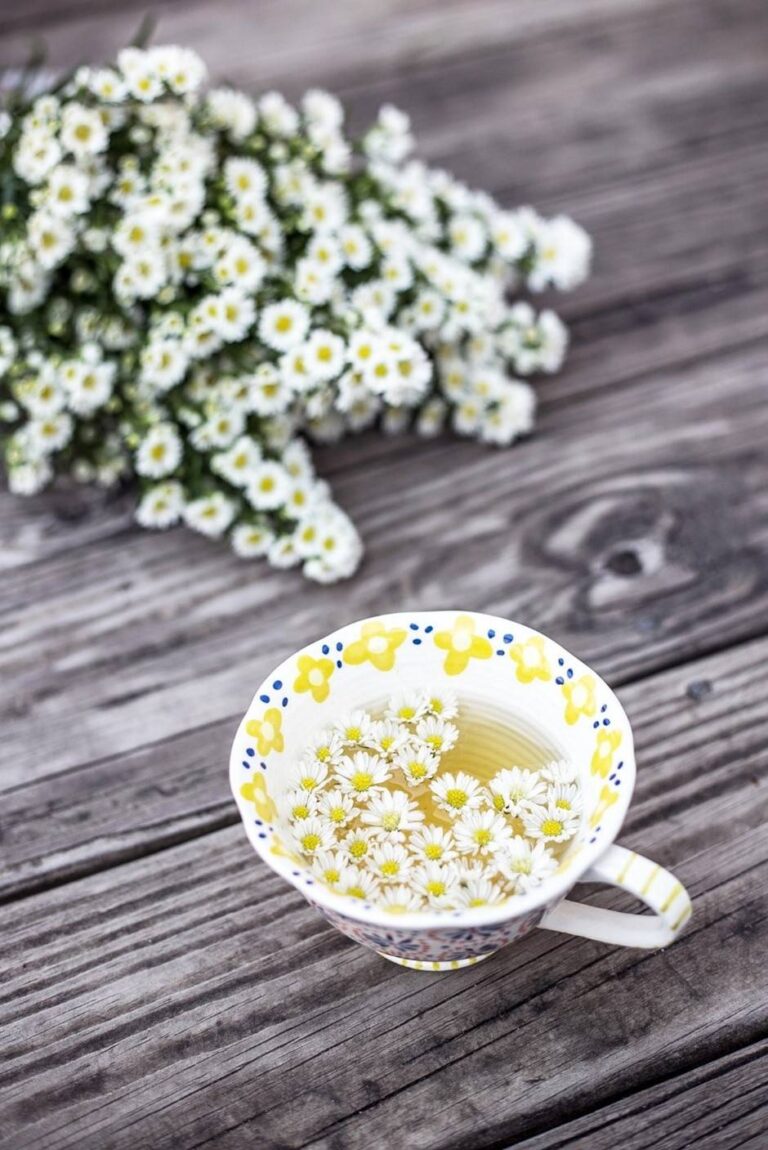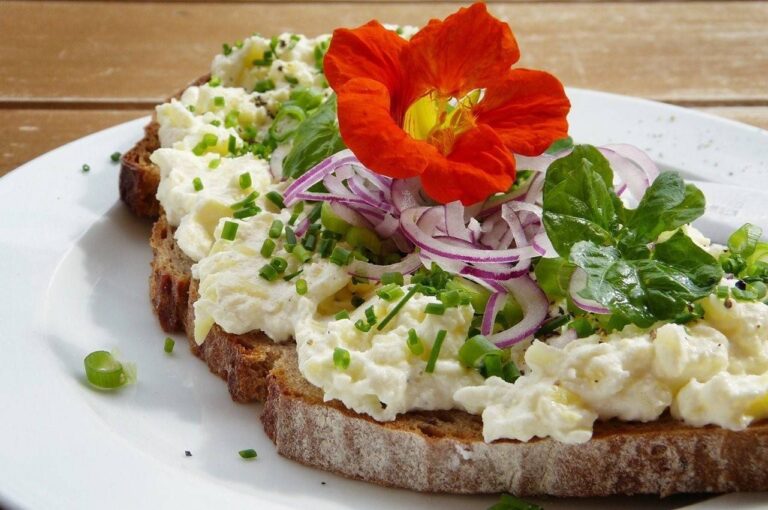
Parenting & Wellness: Top Tips To Keep Your Kids Healthy & Happy
Parenting is an amazing experience. It’s a beautiful blessing. But it can be challenging to follow a complex wellness program that keeps both you and your children healthy (and happy!) When our bodies feel better, our minds do too. With a busy life of raising your kids, work, time with family and friends, and other activities, it’s important to have some go-to techniques to enhance the life of the whole family.
Here are some helpful and wide-ranging parenting & wellness tips:











